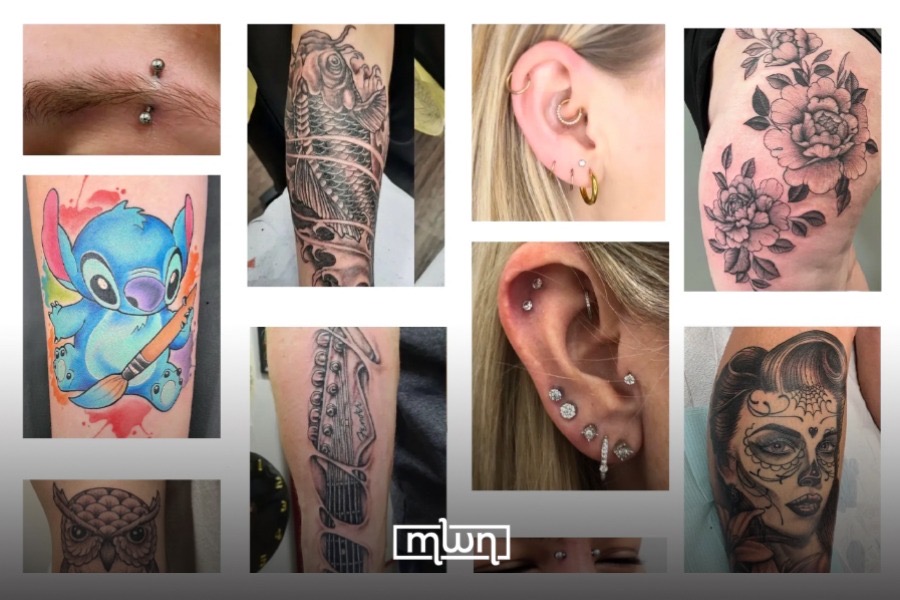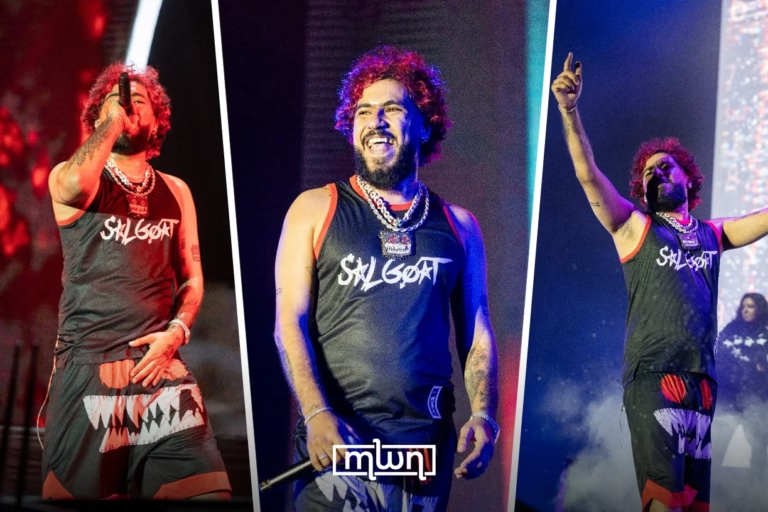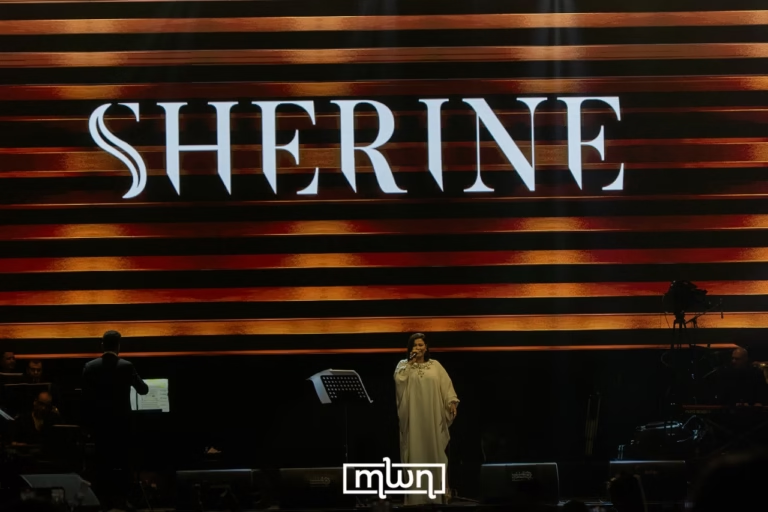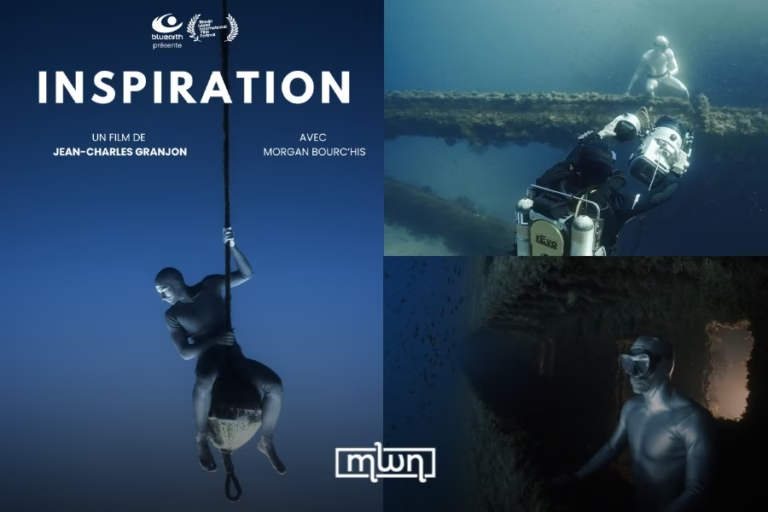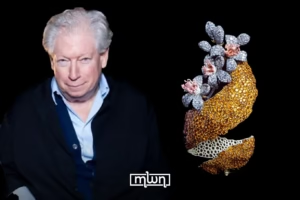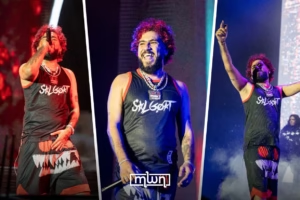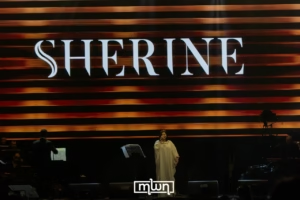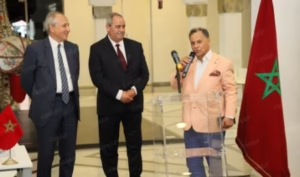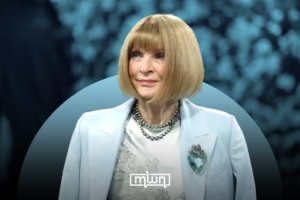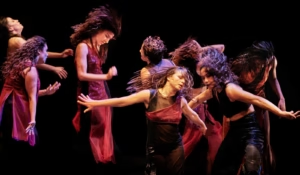Beneath Morocco’s traditions lies a quiet revolution etched in ink and adorned with metal.
Fez – In Morocco, tattoos and piercings are sparking conversations. Once a taboo, especially in conservative circles, these forms of self-expression are finding their way into mainstream culture, particularly among young people.
From traditional Amazigh tattoos to modern minimalist designs, the country is embracing this art with a twist of cultural pride and individuality.
Traditional Amazigh women used facial tattoos as symbols of identity, protection, and beauty. These tattoos told stories about family, tribe, and even spirituality.
Over time, as urbanization and modernization spread, this practice began to fade. Yet today, we see a revival—not necessarily of the old symbols, but of a new wave of self-expression.
Young people are drawing inspiration from global tattoo trends while adding personal or cultural touches. Instead of facial tattoos, they prefer discreet designs on wrists, ankles, or behind the ears.
Arabic calligraphy, Amazigh symbols, and geometric patterns are especially popular, blending heritage with modern aesthetics.
Piercings are also having their moment. For years, ear piercings were the norm, but now, it’s about breaking boundaries for other parts of the body. Nose, septum, eyebrow, and even tongue piercings are common among those seeking to stand out.
In cities like Casablanca and Marrakech, piercing studios like Punkturepiercing are booming, catering to both locals and tourists.
Piercings are no longer just edgy—they’re stylish, often seen as bold accessories to complete a look.
Despite the growing popularity, not everyone is on board. Tattoos and piercings still carry some stigma in conservative households. They’re often seen as rebellious or un-Islamic.
Yet, thanks to social media, attitudes are shifting. Influencers on Instagram and TikTok show off their tattoos and piercings with confidence, normalizing these trends.
Even Moroccan celebrities are joining in. Singers, actors, and public figures sporting ink or body jewerly like rappers rapper ElGrande Toto and Khtek, as well as the influencer Lamiaa Touhami are becoming role models for those hesitant to embrace this culture. They prove that tattoos and piercings can be a form of self-expression without compromising one’s identity.
Also, the rise of tattoo artists and piercers in Morocco is worth noting. These professionals are not just skilled—they’re creating a space for people to tell their stories.
Tattoo shops like Tattoostudiomorocco in Marrakech and Mouja_ink in Tamraght are two increasingly popular shops. Artists respect the cultural boundaries but also challenge them, offering designs that reflect Morocco’s rich heritage and its openness to the world.
Tattoo and piercing culture in Morocco isn’t just a trend; it’s a reflection of a society in transition. Younger generations are redefining what it means to be Moroccan, blending tradition with modernity.
While there’s still some way to go in breaking stereotypes, it’s clear that body art is no longer a niche interest—it’s a vibrant part of the country’s evolving identity.
In Morocco today, tattoos and piercings tell stories, break barriers, and celebrate individuality. The evolution of this body art is areminder that culture is never static; it grows, adapts, and finds beauty in the unexpected.
Read also: Uncovering Morocco’s Stereotypes of Body Art

